Passive Wi-Fi system to use 10,000 times less power than traditional Wi-Fi
A team from the engineering department at University of Washington, USA, has created a Wi-Fi system that uses 10,000 times less power than traditional Wi-Fi. Passive Wi-Fi, as the team calls it, is compatible with current smartphones and routers.
Traditional Wi-Fi radios consume a lot of power, mainly because of the analogue radio frequency (RF). In order to reduce power consumption of Wi-Fi radios in smartphones and digital devices, Passive Wi-Fi uses the digital baseband, while the analogue RF band is delegated to a single plugged-in device.
Essentially, Passive Wi-Fi helps remove the power-hungry analogue RF from the picture, which would make the smartphone last much longer.
The team has managed to achieve download speeds of up to 11Mbps, which falls in line with most LTE download speeds. However, the team is now working on increasing the throughput.
According to the team, this new technology will allow for new kinds of communications that was not possible before due to the power requirements of current Wi-Fi systems.

Super-tall robotic arm is made of helium balloons
Unlike regular robotic arms that you might find in a factory, this device, developed by Suzumori Endo Laboratory at Tokyo Institute of Technology and discovered by IEEE Spectrum, uses a series of helium-filled balloons to form its arm. The use of balloons means that the entire 20-metre-long structure weighs only 1.2 kilograms, which is light enough for simple pneumatic artificial muscles to be used to articulate its joints from the ground.
To further minimise the robot’s weight, instead of using heavy pneumatic actuators that require hoses attached along the arm’s length to pump hydraulic fluid, Giacometti Arm takes advantage of lightweight artificial muscles to move its individual segments.
However, there are some drawbacks to Giacometti Arm—presumably named after artist Alberto Giacometti, who is famous for his slender, spindly sculptures depicting the human form. Its lightweight nature means that it would be easily buffeted by winds, for instance. Also, it cannot carry heavy stuff, either. And it is only as resilient as its balloons.
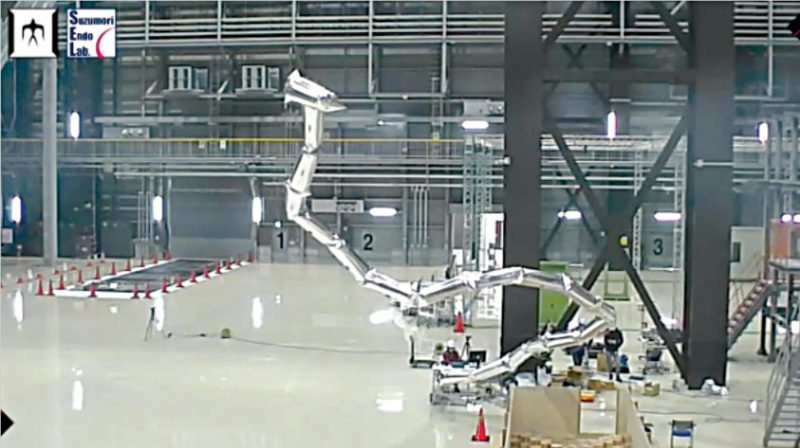
Robot that can be controlled with thoughts
According to a new research, it is now possible to control a robotic hand with only your mind. According to Bin He, professor and lead researcher of the study, department of biomedical engineering, University of Minnesota, USA, “This is the first time in the world that people can operate a robotic arm to reach and grasp objects in a complex 3D environment using only their thoughts, without a brain implant.”
He adds, “Just by imagining moving their arms, people were able to move the robotic arm.” This research has the potential to help millions of people who are paralysed or have neurodegenerative diseases.
The non-invasive technique, called electroencephalography (EEG) based brain-computer interface, records weak electrical activity of the participant’s brain through a specialised, high-tech EEG cap fitted with 64 electrodes and converts the thoughts into action by advanced signal processing and machine learning.
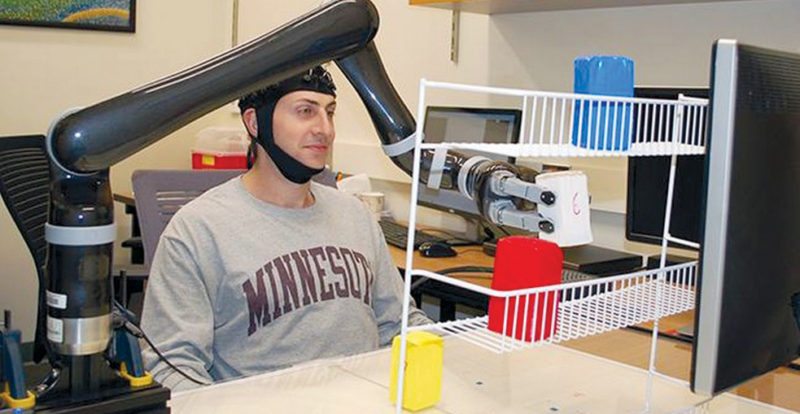
UAVs, biobots for mapping unexplored territories
Researchers at North Carolina State University, USA, have developed a combination of software and hardware that will allow them to use unmanned aerial vehicles (UAVs) and insect cyborgs, or biobots, to map large, unfamiliar areas such as collapsed buildings after a disaster.
Edgar Lobaton, assistant professor of electrical and computer engineering at NC State and co-author of the paper, says, “The idea is to release a swarm of sensor-equipped biobots, like remotely-controlled cockroaches, into a collapsed building or other dangerous, unmapped area.”
He adds, “Using remote-control technology, we would restrict the movement of the biobots to a defined area. That area would be defined by proximity to a beacon on a UAV. For example, the biobots may be prevented from going more than 20 metres from the UAV.”
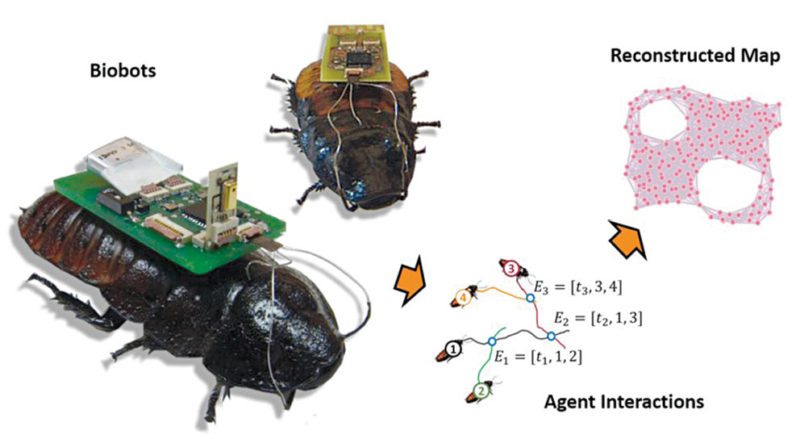
The biobots would be allowed to move freely within a defined area and would signal researchers via radio waves whenever these would get close to each other. Custom software would then use an algorithm to translate biobot sensor data into a rough map of the unknown environment.
Radio receiver built from components the size of two atoms
Researchers from Harvard John A. Paulson School of Engineering and Applied Sciences have made the world’s smallest radio receiver, built out of an assembly of atomic-scale defects in pink diamonds.
This tiny radio, whose building blocks are the size of two atoms, can withstand extremely harsh environments and is biocompatible, meaning it could work in places as varied as a probe on Venus to a pacemaker in a human heart.
The diamond’s tiny imperfections make up a system of nitrogen atoms with a hole next to it. This arrangement can emit single photons or detect very weak magnetic fields. Also, these flaws have photo-luminescent properties, which means these can convert information into light that could offer uses in sensors and quantum computing.
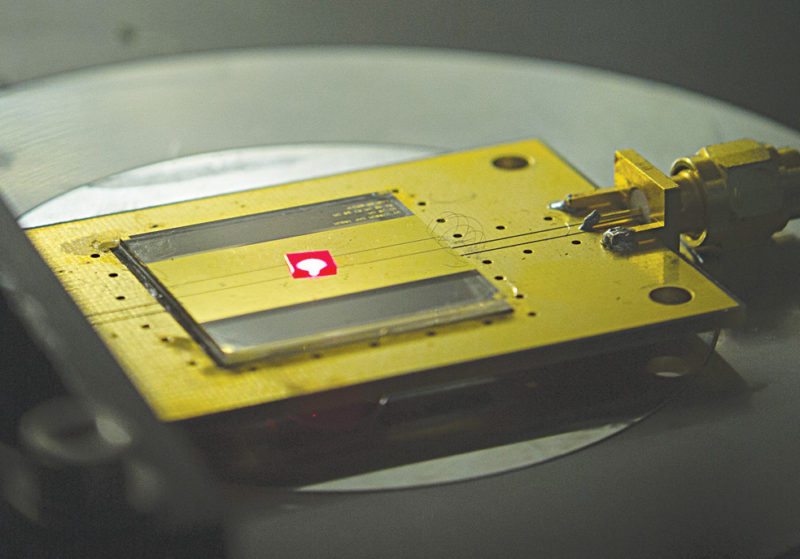
Lab-grown LED provides better way to clean water
Engineers at Ohio State University, USA, have developed foil based LEDs for portable ultraviolet (UV) lights that soldiers and others can use to purify drinking water and sterilise medical equipment. The LEDs are created on lightweight flexible metal foil.
As per Roberto Myers, associate professor of materials science and engineering at Ohio State University, the military, industry and humanitarian organisations already use deep UV light for applications ranging from detection of biological agents to curing plastics. However, traditional deep-UV lamps are very heavy and electrically inefficient.
LED foil could offer a more environmentally-friendly light to purify water. The researchers are confident that they will be able to scale up their prototype; their goal is to transform nanophotonics, a study centred around how objects just nanometres big interact with light, into a profitable industry.
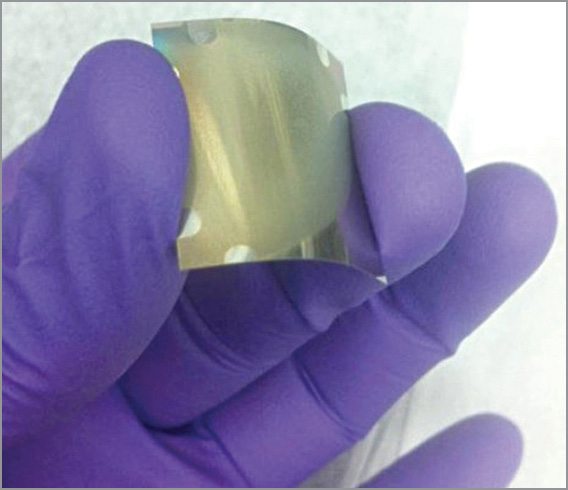
World’s first semiconductor-free microelectronic device is here
Engineers at University of California, San Diego, USA, have created the first semiconductor-free, optically-controlled microelectronic device. Using metamaterials, they were able to build a micro-scale device that shows a 1000 per cent increase in conductivity when activated by low voltage and a low power laser.
Capabilities of existing microelectronic devices such as transistors are ultimately limited by the properties of their constituent materials such as their semiconductors, according to the researchers.
A team of researchers in Applied Electromagnetics Group led by electrical engineering professor Dan Sievenpiper at UC San Diego, in order to remove these roadblocks to conductivity, replaced semiconductors with free electrons in space.
The discovery paves the way for microelectronic devices that are faster and capable of handling more power, and could also lead to more efficient solar panels.
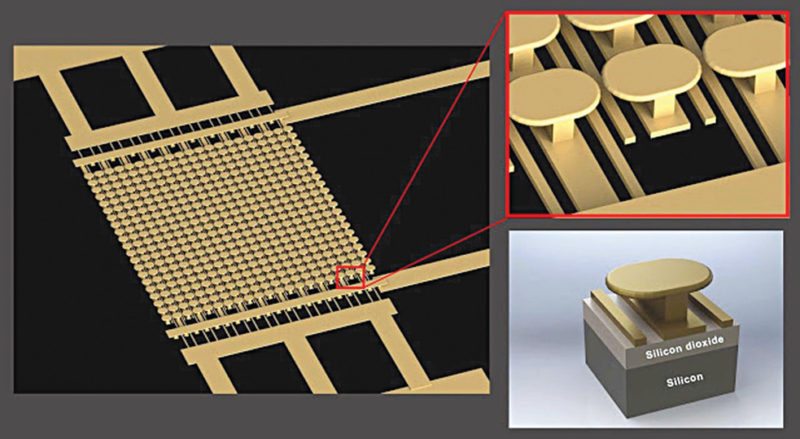
A drone that flies like a bird
A drone developed by Dario Floreano’s team in Laboratory of Intelligent Systems at École Polytechnique Fédérale de Lausanne, Switzerland, is geared toward flying more like a bird than like small helicopters, as most available multi-rotors currently do.
Floreano and his team wanted to develop a bio-inspired drone that could meet various aerodynamic requirements. It had to be capable of flying between obstacles, making sharp turns and coping with strong winds. By changing its geometry mid-flight, their drone can meet all these criteria. The moving part is located on the outer wings. It works like a bird’s quill feathers, which are the large feathers at the edge of the wing.
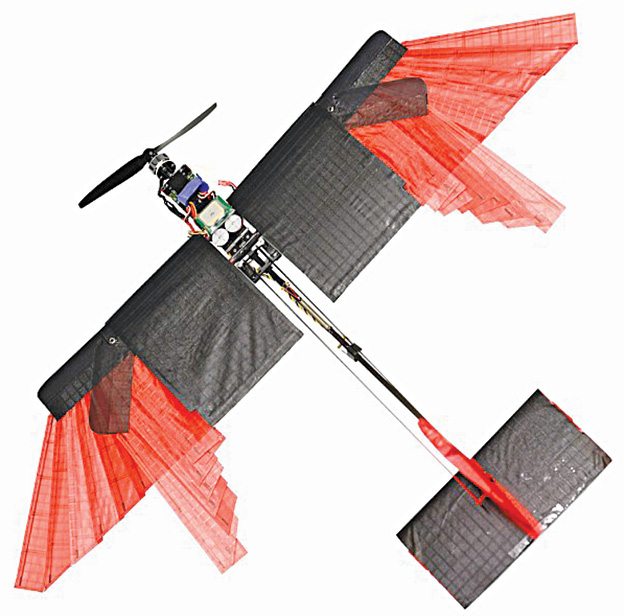
Ford using drones to guide self-driving cars
Automobile giant Ford is studying a system through which it can use drones to help self-driving cars. The system also guides the vehicles in off-road adventures.
Drones launched from an autonomous vehicle would help guide it by mapping the surrounding area beyond what the car’s sensors can detect. Passengers can control the drone using the car’s infotainment or navigation system.
According to a company spokesperson, the drones could also prove useful in areas beyond the digital maps of urban and sub-urban areas and inter-city highways.







Nice and good technology